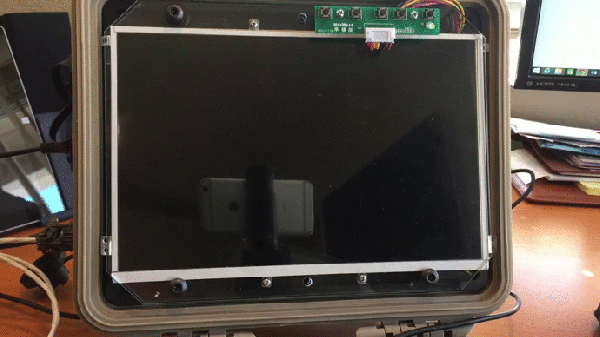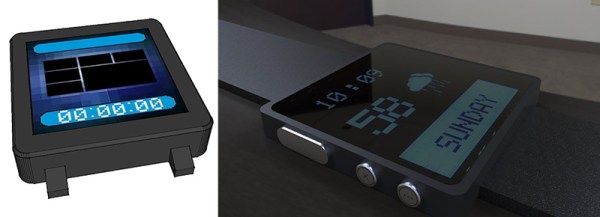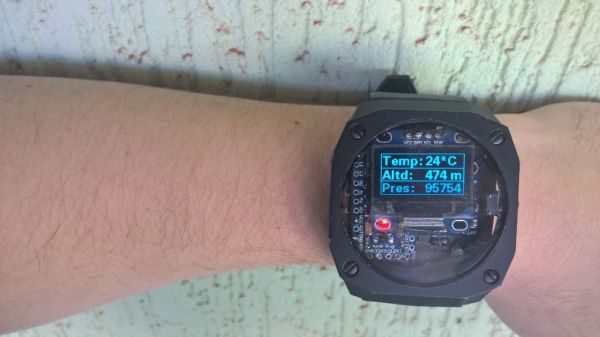Your homework for this weekend: Build me something and enter it in The Hackaday Prize. I’m not joking.
It’s very rare for me to come out with a big “ask”, but this is it. I need you now. The Hackaday Prize is our STEAM initiative. It very publicly shows that you can have a lot of fun with engineering in your free time. This is a lesson we need to broadcast and to do so, I want to see dozens of entries come together this weekend.
Here’s the gist of it: Choose a problem that is faced by a large number of people. Build something that helps fix it, and document what you did. You need to start a project, publish 4 project logs, a system design diagram, and a video of less than 2 minutes in length. That’s it, and you can easily be done with all of this if you choose to make this weekend a hackathon.
You may win, you may not. But everyone who posts a project is helping to inspire the next generation of great engineers. The next [Forrest Mims] is out there, lets make sure he or she knows how amazing the world of engineering is! Get to work.






















